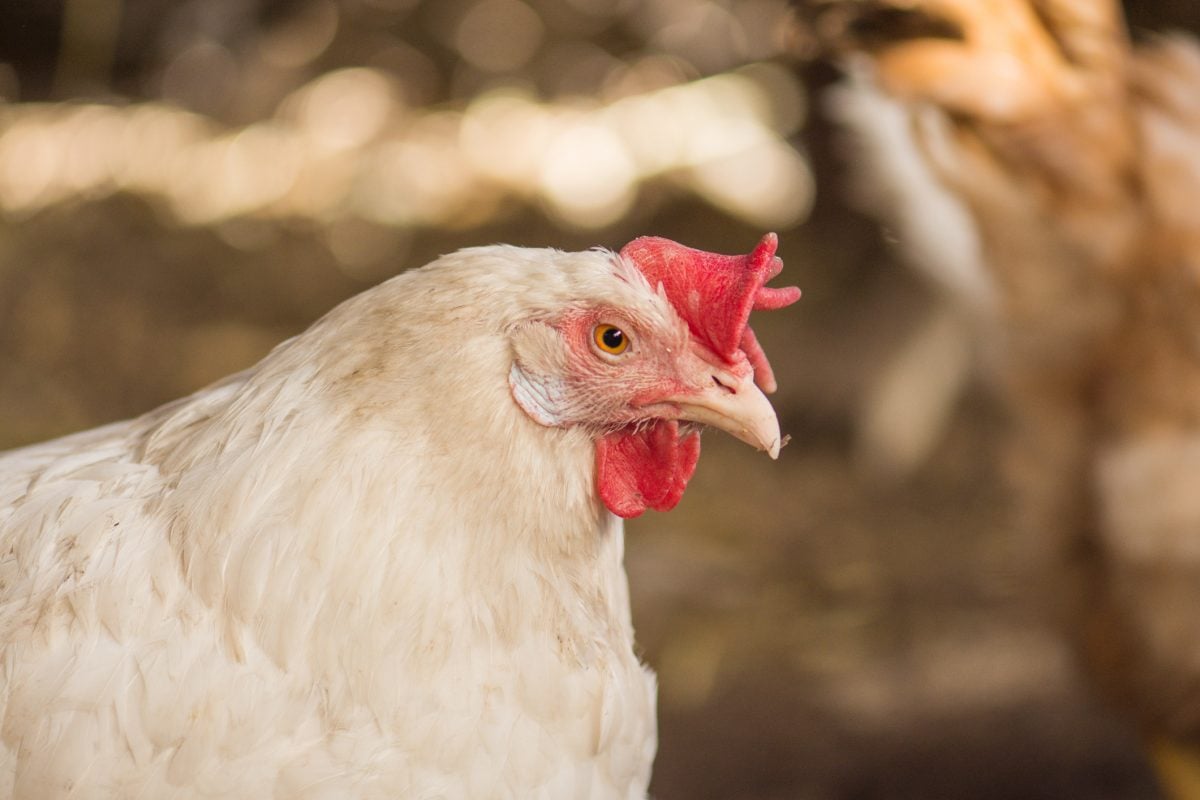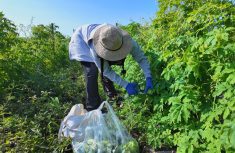The response from Canadians to urgent appeals for donations to avert famine in West Africa’s Sahel region has been tepid, says international co-operation minister Julian Fantino.
After a tour of the area accompanied by Canadian aid organization officials, the minister responsible for the Canadian International Development Agency said Sept. 11 that Canadians had pledged just $1.8 million.
CIDA will match all private donations until Sept. 30.
“As much as every nickel is appreciated, it really is underwhelming when one relates that to the tremendous need and the challenge faced here on the ground,” he told reporters in a telephone news conference.
Read Also

CFIA says regulatory changes will cut agricultural red tape
The Canadian Food Inspection Agency (CFIA) is set to make seven regulatory changes to cut red tape around agricultural production.
CIDA has pledged $71 million to Sahel aid. More than 18 million people in seven countries are at risk.
However, a prairie-based food aid agency official on the trip said in an e-mail interview from Burkina Faso that while the need is still great, early action by government and aid agencies has helped avert a broader food crisis, which dampened the public instinct to donate.
“The relative success of the local government and aid response helped ensure that a widespread food crisis has not turned into an emergency and famine,” said Canadian Foodgrains Bank executive director Jim Cornelius.
“As a result, there are no images of starving children to captivate the media and public.”
He said the foodgrains bank has donated more than 10,000 tonnes of food and assistance worth more than $10 million. Donations to the foodgrains bank have totaled just $266,000.
Cornelius said rain has come and could help next year’s harvest, but families still face food shortages until then. The current green terrain is deceiving.
“This period if often called a time of ‘green hunger,’ when everything looks green but there still is not much food around,” he wrote.
“When I was in the region in May, many households had already consumed all their grain, and many more are in this position now.”
Cornelius said high commodity prices make the situation worse because food-deficient families have difficulty buying, and higher local prices discourage the import of cheaper grain from outside the region.
He said the foodgrains bank followed its normal practice of buying food aid supplies in the affected region where possible. It is a policy made possible by a Canadian government decision several years to remove the requirement that at least some of Canada’s food aid must be bought from Canadians.
“Almost all of the food supplied was sourced in countries south of the Sahel, Nigeria, Ivory Coast, where there were surplus crops,” he wrote.
“We used CIDA money and our money. A major factor in sourcing in these countries was to speed delivery of the aid, as a timely response is essential to reducing the negative impacts of these types of crop failures.”
Sahel donations can be made at www.foodgrainsbank.ca/sahel, mailing a cheque to Box 767, Winnipeg, MB R3C 2L4, or by calling 800-665-0377.
















